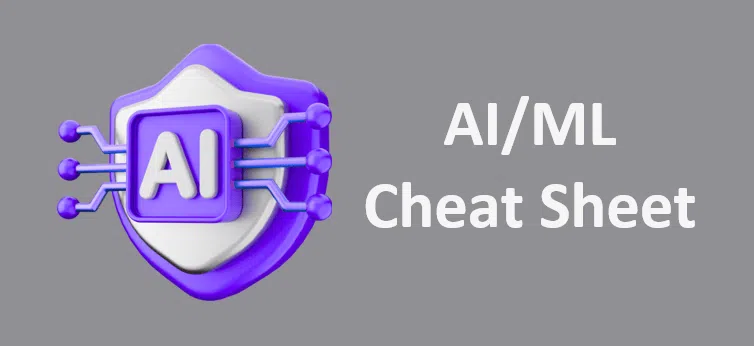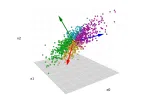In this article, we'll take a look at
Show
10. ADVANCED TOPICS
These are modern machine learning methods used in advanced real-world applications such as chatbots, recommendation systems, self-driving cars, and privacy-focused AI.
10.1) Transfer Learning
Instead of training a model from scratch, we use a model that has already been trained on a large dataset and apply it to a new, similar task.
Pre-trained Models
- These are models trained on huge datasets.
Examples:
- VGG, ResNet – for images
- BERT – for text
Fine-Tuning
- Slightly updating the pre-trained model using your own smaller dataset.
Feature Extraction
- Using the pre-trained model to extract useful features and then using those features for your own model or task.
Benefit: Saves training time and works well even with limited data.
10.2) Attention Mechanism
This helps the model decide which parts of the input data are most important.
Self-Attention
- Every part of the input focuses on every other part to understand context better.
- Used in NLP (Natural Language Processing) and transformers.
Multi-Head Attention
- Applies attention multiple times in parallel to capture different relationships within the data.
Applications
- In NLP: translation, summarization, question-answering
- In vision: image recognition with Vision Transformers
10.3) Reinforcement Learning in Deep Learning
Combining deep learning with reinforcement learning for decision-making tasks.
Actor-Critic
Two models work together:
- Actor: selects the best action
- Critic: evaluates how good the action was
A3C (Asynchronous Advantage Actor-Critic)
Uses multiple agents to learn in parallel, which speeds up learning and increases stability.
PPO (Proximal Policy Optimization)
An improved and stable way to train reinforcement learning agents. Used in games, robotics, etc.
10.4) Federated Learning
Model training happens across many devices without collecting data in a central server. Each device keeps its data private and only sends model updates.
Distributed Learning Frameworks
- Used when data is spread across users, hospitals, or devices. Examples include Google’s keyboard predictions.
Privacy-Preserving ML
- Since data never leaves the device, user privacy is protected. This is useful
- in healthcare, banking, and personal mobile applications.
11. TOOLS AND LIBRARIES FOR AI/ML
These tools help you build, train, and deploy AI/ML models more efficiently. They provide ready-to-use functions so you don’t need to code everything from scratch.
11.1) Python Libraries
Python is the most popular language in AI/ML. These libraries make your work faster and easier:
NumPy
- Used for numerical computing.
- Supports arrays, matrices, and linear algebra operations.
Pandas
- Used for data manipulation and analysis.
- You can load data, clean it, and analyze it in tabular formats (DataFrames).
Scikit-learn
- A powerful machine learning library.
- Includes ready-to-use models like Linear Regression, SVM, Random Forest, KNN, and more.
TensorFlow & Keras
Used for building deep learning models.
- TensorFlow: low-level control
- Keras: high-level interface, easier to use
PyTorch
- An alternative to TensorFlow, widely used in research and development.
- It’s flexible, fast, and dynamic (supports on-the-fly computation graphs).
OpenCV
- Used for computer vision tasks like image processing, object detection, face recognition, etc.
NLTK & SpaCy
Natural Language Processing (NLP) libraries.
Natural Language Processing (NLP) libraries.
- NLTK: good for learning, includes many basic NLP tasks
- SpaCy: industrial-strength NLP, faster and more efficient
11.2) Cloud Platforms
Cloud platforms help you run your models on powerful servers without needing your own hardware.
Google Colab
- Free online Jupyter Notebook
- Supports GPU/TPU
- Great for students and beginners
AWS SageMaker
- Amazon’s cloud ML platform
- Supports training, tuning, and deploying models at scale
- Used in enterprise-level applications
Azure ML
- Microsoft’s machine learning platform
- Integrates well with other Microsoft tools (e.g., Excel, Power BI)
- Provides autoML, drag-and-drop pipelines, and more






Leave a Comment